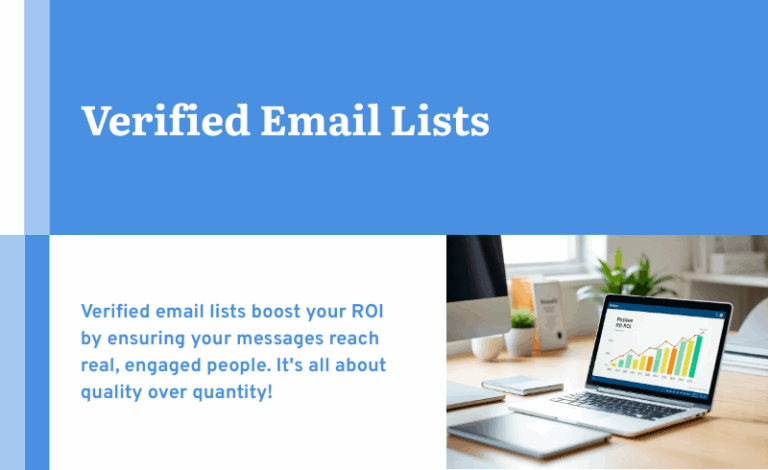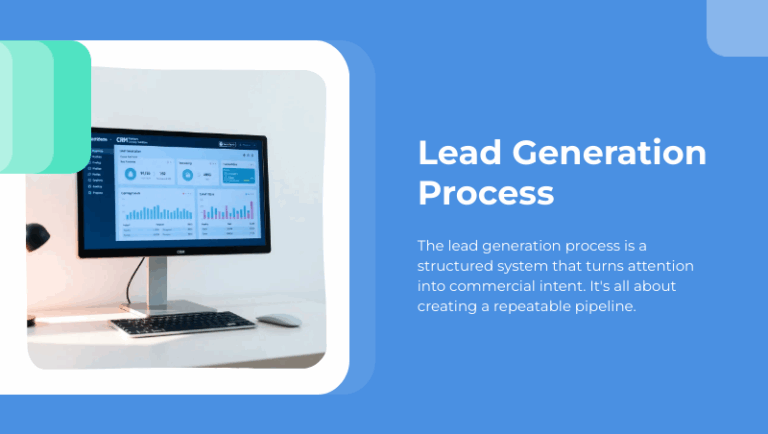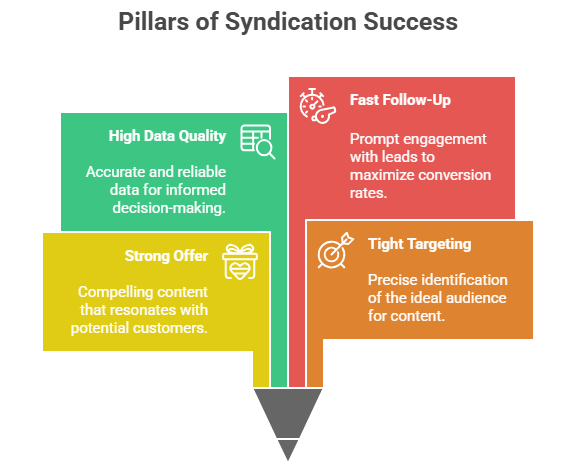
One of the biggest challenges of lead generation lies in knowing when you’re doing it optimally. You may have a good-enough system in place, one that channels more highly engaged leads toward your sales department and nurtures leads with lower engagement metrics through content, but how precise is it? How accurately do prospects get funneled to the proper lead nurture programs? Do you have multiple lead nurture tracks, or does your marketing team take a one-size-fits-all approach? Effective lead scoring can mean the difference between adequate and outstanding.
Create Enough Rules
Without differentiating between leads sufficiently, you can’t develop customized nurture streams for every stage of sales readiness, area of interest, and market segment. That defeats the purpose of lead scoring. Take a look at the metrics you’re using to find promising leads; are you able to separate leads using guidelines that make sense? Are your lead groups small enough to work with, or are you still working with undifferentiated leads who reach your sales team without being sufficiently qualified? Businesses vary in the number of qualifying rules they need to sort leads into useful categories for scoring, but for most, fewer than two or three rules typically leads to overly broad segments.
. . .But Not Too Many
Sometimes, you face the opposite problem of dicing your lead ranking groups too finely with multiple rule-sets. You may not need a separate lead nurture track for prospects in closely associated industries or demographically similar regions. With more than half a dozen rules, you risk losing good leads in the shuffle or expending unneeded energy trying to convert leads who still need more nurture time. Simplicity in rule-sets also helps you see clearly where your best leads are. Your lead scoring rules should be ones you can express in a few words; if your guidelines for lead qualification look more like paragraphs, it’s time to pare down to essentials.
Find Your Ideal Customer
Another issue many organizations face is a lack of clarity about just what a sales-ready lead looks like. Buyer personas can help a great deal with establishing who your leads are and what signals they send when ready to buy. As with lead scoring rules, groups of prospects should be definable in a few concise, easily understood words. Does your customer base include cost-conscious contractors, efficiency-driven middle managers, and visionary company founders? Each of these groups might be a lucrative market for you, but your approach to each of them would be vastly different. Your lead scoring rubrics should take that into account and rank each of these groups’ sales readiness against an ideal customer persona of that type.
Understand Digital Body Language
Different leads send different buying signals. Let’s take another look at that budget-conscious independent contractor and contrast her with the big-picture executive who prioritizes premium service. The independent contractor might spend more time poring over spec sheets and downloading content that helps her comparison-shop. Your c-level executive prospect, on the other hand, is more likely to visit pages containing your high-end products, contact information pages, and articles that extol benefits rather than outlining features. Correlating buying signals with audience segments lets you score leads with far greater accuracy.
Keep Current
Lead scoring isn’t a fire-and-forget process. Your market grows and changes over time, and so must your lead gen strategy. Build in opportunities to revisit how well your lead ranking system is working and compare results over time to get a better handle on the lead scoring solution that works best for you now, not the one that was good enough years ago.
© Reach Marketing LLC 2016 All Rights Reserved.



